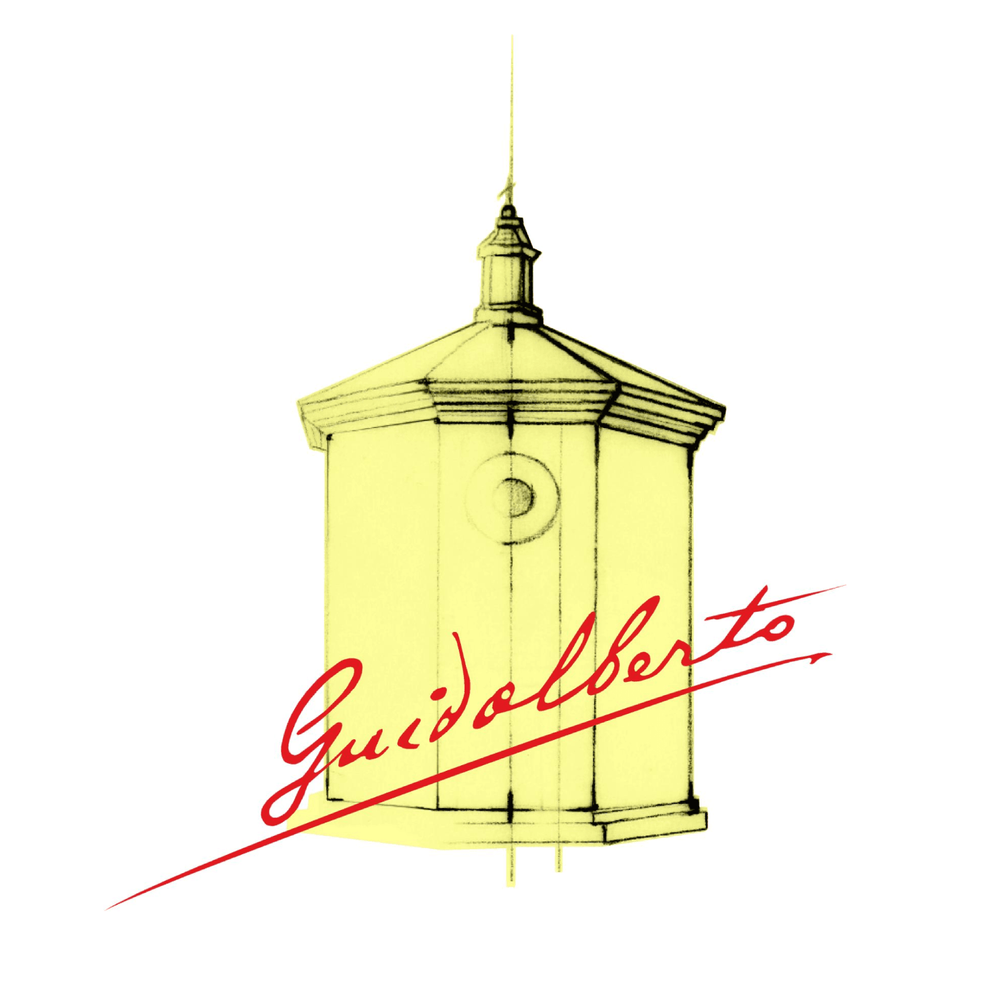Vintage
GUIDALBERTO 2021
CLASSIFICATION
IGT - Toscana
FIRST VINTAGE ON THE MARKET
2000
GRAPES
Cabernet Sauvignon, Merlot

Guidalberto
SOIL STYLE
The soils on which the vineyards stand has varied, complex terrain features with a strong presence of limestone, feature areas rich in marl and pebbles as well as being partly clayey; they sit at an altitude of between 100 and 300 metres above sea level, with a south/south-west exposure.
WEATHER TRENDS
After a somewhat rainy autumn 2020 with mild temperatures, winter was instead very harsh especially due to the arrival of a perturbation of polar origin. After a first timid beginning of spring which occurred towards the end of March, a perturbation of cold air brought back the intense cold with temperatures close to zero °C. The continuation of spring was somewhat rainy until mid-May when beautiful sunny days arrived. June was regular while July was hot and dry. The dry heat characterized the first half of August, but on 16 August a perturbation brought rain and stabilized temperatures on the seasonal norm. The grapes have reached perfect ripeness without excess sugar and with a nice pulp and well lignified pips.
HARVESTING
The harvest, carried out manually, began with the Merlot from the end of August and continued from 22 September with Cabernet Sauvignon to be completed in the first days of October. The harvest was able to take place calmly, given the excellent weather conditions and the correct vegetative state of the plants. This has allowed to obtain an excellent balance between technical maturity and phenolic maturity, with excellent lignification of the seeds and stalks which has resulted in the release of only noble tannins during destemming and maceration.
FERMENTATION
Sorting of the grapes in the field during the manual harvest and subsequent selection upon arrival in the cellar by means of a sorting table. Soft pressing and destemming of the bunches to avoid the pressure of the berries and excessive tannic transfer. Alcoholic fermentation carried out in stainless steel vats with a controlled temperature and maintained at around 27-28°C, with no usage of external yeasts. The macerations of this vintage were carried out for about 14-16 days for Merlot and about 16-18 days for Cabernet Sauvignon, with frequent pumping over in the air and délestage which made it possible to obtain balanced musts, excellent release of anthocyanins. The malolactic fermentation in stainless steel took place gradually and slowly, starting at the beginning of November and completed at the end of the month.
AGEING
From the second decade of December, the musts were placed in 225-litre barriques made of partly French oak and a small part (5%) of American oak for a period of 15 months. Use of 40% of new wood, 40% of second passage wood and 20% in equal shares of third and fourth passage. The choice was made to best balance the release of tannins and, at the same time, keep the excellent primary and secondary aromas obtained from a great vintage in most of the musts in the foreground. Subsequent refinement of three months in glass before being released on the market.